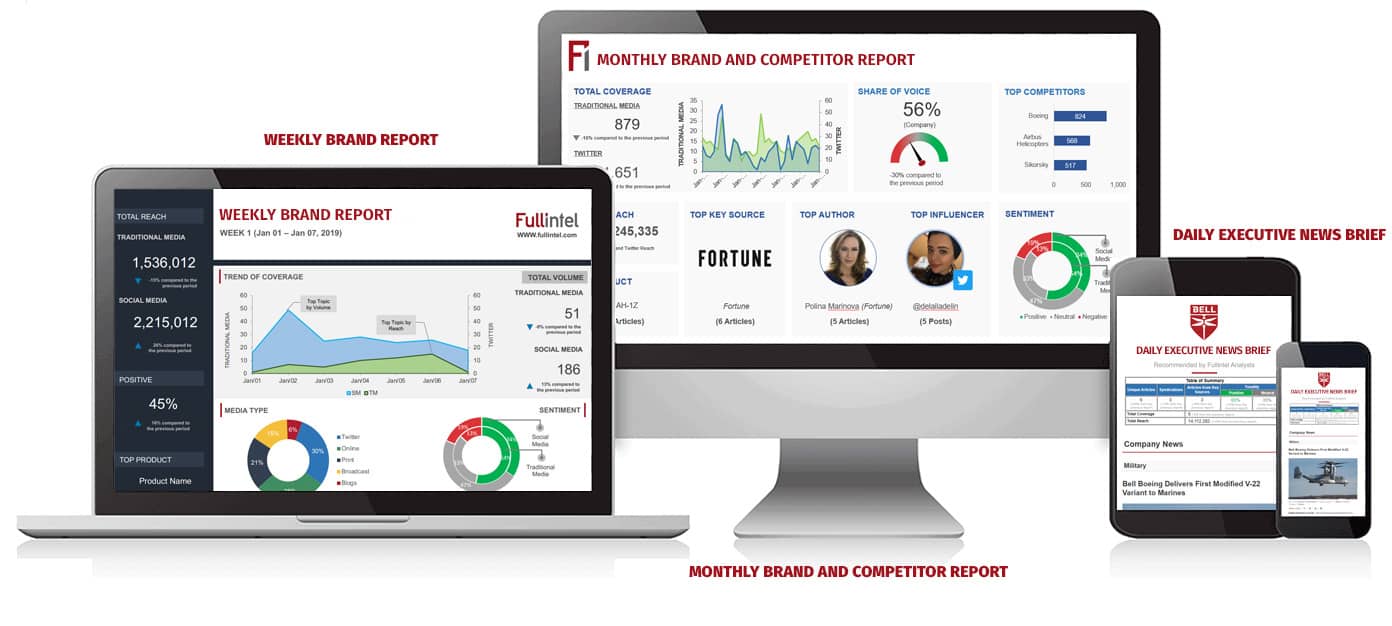
We’ve got superior planning and measurement integration
First off, we now have a superior method of integrating PR/communication activity, project, campaign and program planning along with subsequent measurement and evaluation. The AMEC Integrated Evaluation Framework integrates all the good qualities of the dozen or so frameworks or models that preceded it, along with forcing us all to up – and even expand – our game. This is explained well on AMEC’s website: “To prove the value of communication in an age of accountability it is vital to move beyond measuring just the content (or ‘media’) analysis that largely sufficed for the previous 20 years. Now communication professionals must show the effect that their work has had on the objectives of their respective organizations.”
Along with this, AMEC has also introduced the Measurement Maturity Mapper (M3), a useful measurement and evaluation planning tool. AMEC says this tool allows PR and communication groups to “better plan their measurement and evaluation journey by clearly benchmarking where they are starting from in the process,” at three levels:
a) Reporting: how the organization measures outputs and outcomes in terms of message, channel and project/campaign metrics; and
b) Planning: how the organization approaches the setting of objectives and KPIs, its research to inform strategy and tactics, its integration with marketing and other departments, and other planning elements; and
c) Demonstrating impact: how the organization’s measurement and evaluation go beyond channel metrics, and what methods it utilizes to link communication activities with desired organizational results.
We know the difference between ‘measurement’ and ‘evaluation’
These two terms have traditionally been used interchangeably, but are now recognized as having a crucial difference: While measurement is a data-driven, objective assessment of effectiveness, evaluation is the assessment of value. Evaluation is subjective. And without various pre-set communication measures, the analysis of the subsequently collected data, and the determination of effectiveness for each measure, evaluation can’t be an informed, evidence-based assessment of value.
We can now bring much of it in-house
We now understand how to build broad, sophisticated evaluation and measurement units of expertise within our in-house communication department. These units now must demonstrate the full value of the communication function, not simply the effectiveness of its social media, traditional media, owned channel activities, or its projects, campaigns or programs.
After all, it’s interesting to know how many retweets you received on your last campaign – but what was the value the organization received overall? Indeed, value includes more than simply the goods produced by the communication department. As importantly, or perhaps more importantly, a department’s value includes the services it provides such as counseling, advising, providing insight, planning, strategizing, educating, training, issues and crisis management, and managing reputation.
We now take a more mature, refined approach
Finally, besides understanding the value of the delivery of services, it was recently established that departments with sophisticated units can measure and evaluate at seven levels or units of analysis. Those seven units are: communication messages/products/channels; projects/campaigns; programs such as employee communication/relations programs; business unit and organization goals; societal reputation and social license; communication department employee performance; and department or function performance overall.
We also know now that Chief Communication Officers who lead sophisticated evaluation and measurement units measure and evaluate at all seven units of analysis, and tend to lead more mature evaluation and measurement practices.
These recent initiatives are significant groundbreakers, and show just how much communication evaluation and measurement has grown and matured over the last few years. For those of us who have been a part of the greater PR and communication evaluation and measurement community, our time has come!


